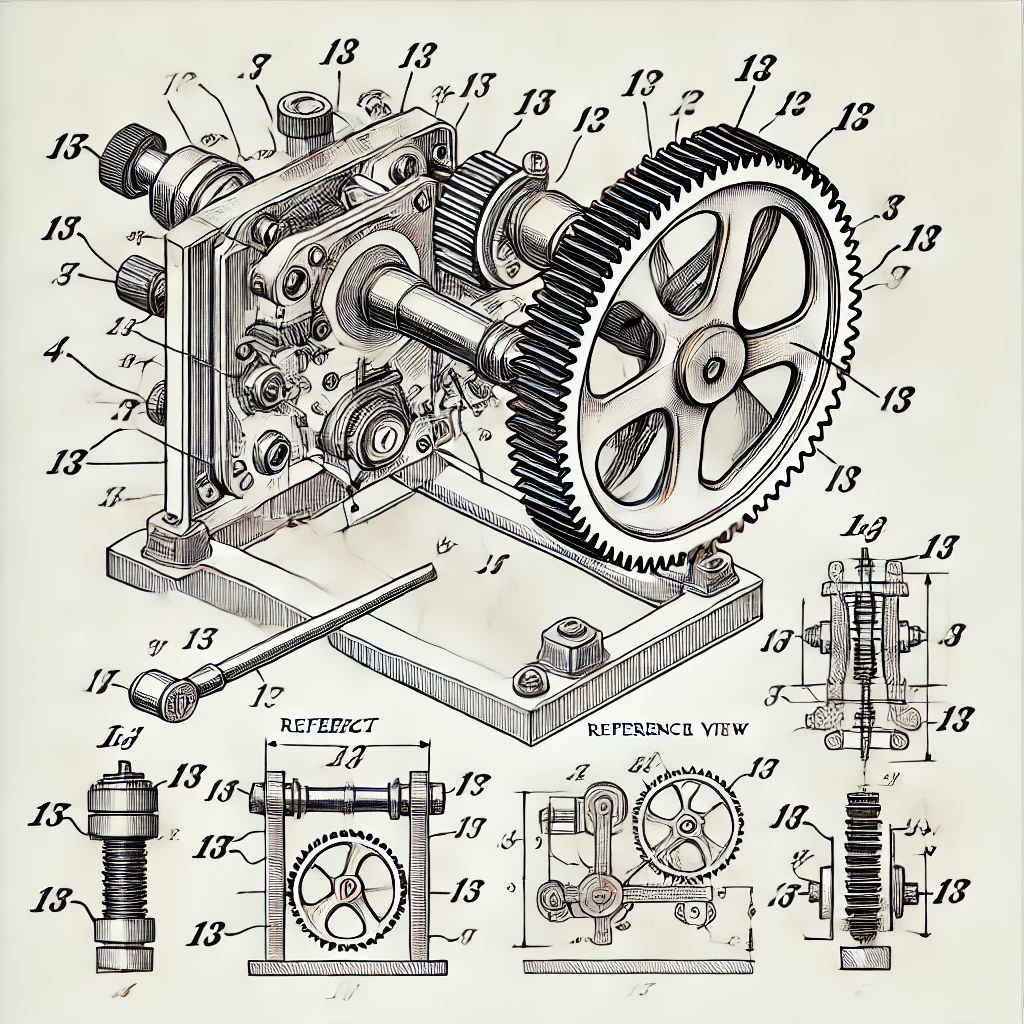
Patent Illustrations

Patent illustrations are drawings or diagrams that visually represent an invention in a patent application. These illustrations are a critical part of the application process because they help explain the invention in a clear and detailed manner, making it easier for examiners and the public to understand how it works. While the text of the patent describes the invention, the illustrations provide a visual supplement, often depicting various aspects, components, and views of the invention.
Here are some key points about patent illustrations:
Requirements: Patent illustrations must follow strict rules set by the patent office. They should be clear, black and white (unless color is essential), and drawn to scale with accurate proportions.
Types of Views:
- Perspective view: Shows the 3D aspect of the invention.
- Exploded view: Shows the individual components of an invention and how they fit together.
- Sectional view: Reveals internal details by cutting away part of the object.
- Plan view: Provides a top-down view of the invention.
- Detailed view: Focuses on specific parts of the invention.
Labelling: Each element in the illustration is usually labelled with reference numbers that correspond to descriptions in the patent’s written specification.
Importance: Well-prepared patent illustrations help avoid ambiguity and ensure that the invention is adequately disclosed, which can be crucial in protecting the patent and preventing infringement.
These illustrations are essential in making complex inventions more accessible and ensuring clarity for both examiners and potential future manufacturers. Get in touch with us to know more.
